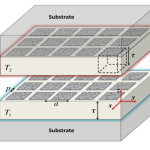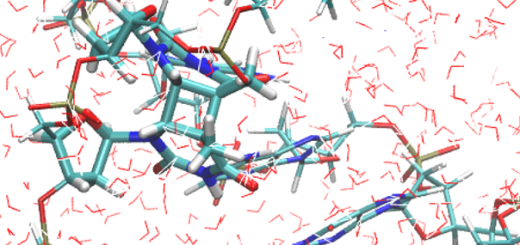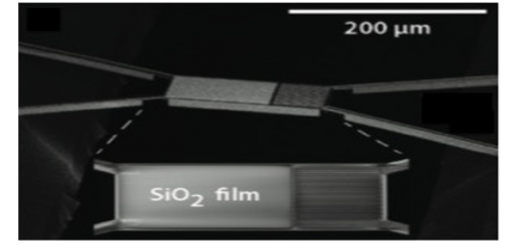Enhancing Radiative Heat Transfer With Silicon Metasurfaces
Article: published in Physical Review Letters by Víctor Fernández Hurtado, Francisco J. García Vidal and Juan Carlos Cuevas, IFIMAC researchers and members of the Department of Theoretical Condensed Matter Physics.
Thermal radiation is a universal physical phenomenon of great importance for different disciplines of science and engineering. In recent years, there has been a renewed interest in this topic due to the discovery that radiative heat transfer between two bodies can be drastically enhanced if they are brought sufficiently close to each other. This enhancement, which occurs when the separation is smaller than the thermal wavelength (10 microns at room temperature), is due to the contribution of evanescent waves that dominate the near-field regime. The fact that this near-field radiative heat transfer (NFRHT) between closely spaced bodies can overcome the far-field limit set by the Stefan-Boltzmann law for black bodies has now been verified in a variety of experiments exploring different materials, geometrical shapes, and gaps ranging from micrometers to a few nanometers.
In this context, the question on the fundamental limits of thermal emission is attracting a lot of attention. So far, the largest NFRHT enhancements have been reported for polar dielectrics (SiC, SiO2, SiN, etc), in which thermal radiation is dominated by surface phonon polaritons. Now, in a work published in Physical Review Letters, the IFIMAC researchers Víctor Fernández Hurtado, Francisco J. García Vidal and Juan Carlos Cuevas, together with Professor Shanhui Fan (Stanford University), have shown that metasurfaces of doped silicon can be used to boost NFRHT. In particular, they demonstrate that one can design silicon metasurfaces that not only exhibit a room-temperature NFRHT much larger than that of bulk Si or other proposed periodic structures, but they also outperform the best unstructured polar dielectric. The underlying physical mechanisms responsible for this striking behavior are the existence of broadband spoof surface-plasmon polaritons (SPPs) in doped silicion and the ability to tune via nanostructuration the dispersion relation of these SPPs that dominate NFRHT in this structure. This work illustrates the great potential of metasurfaces for the field of radiative heat transfer. [Full article]




















